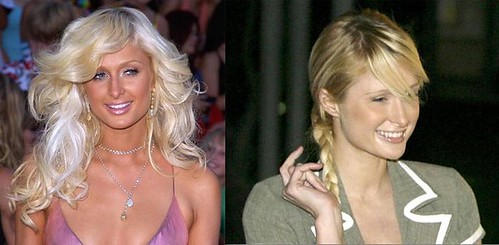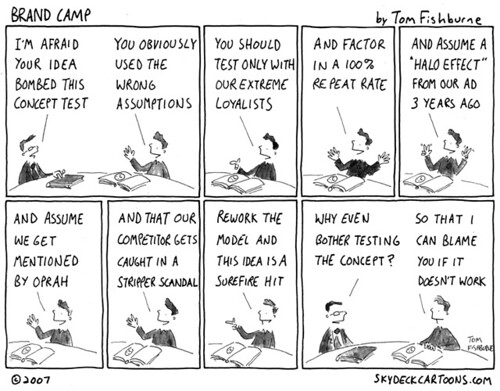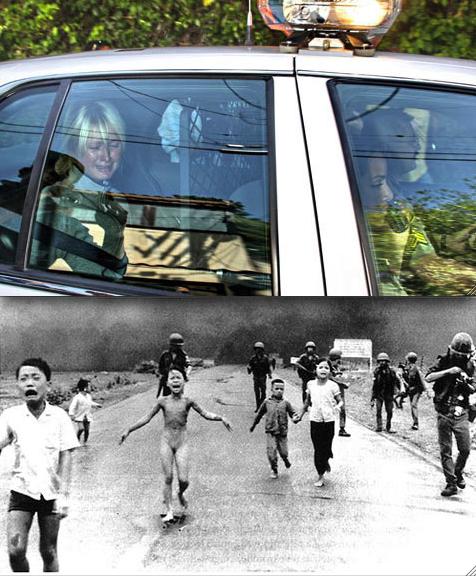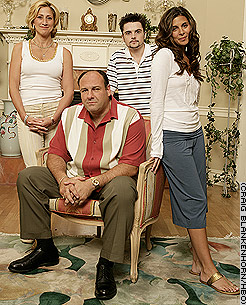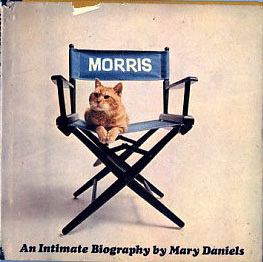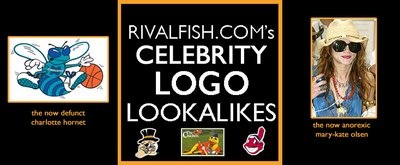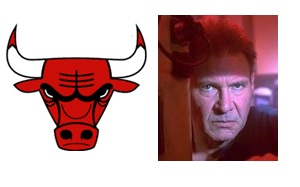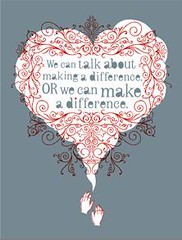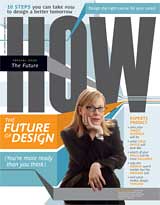75th Episode and Season Four Finale of Design Matters: Today with Shepard Fairey
Joining me today on the 75th Episode and Season Four Finale of Design Matters is the one and only Shepard Fairey.
Shepard Fairely is the mind behind Obey-- the most prevalent urban street meme in stencil art propaganda history. An astute student in the arts of persuasion, Fairey began his epic satire on the science of celebrity endorsements and the alchemy of suggesting desire back in 1989, while he was still a student at The Rhode Island School of Design majoring in illustration. One night in 1989, when Fairey was still at RISD, he had a friend over who wanted to learn how to make stencils. Fairey flipped through a newspaper and picked out a picture of Andre Roussimoff--or Andre the Giant, the (now deceased) professional wrestler best known for his role in The Princess Bride. The friend balked because the image was too "stupid." Fairey was intrigued. No, he countered, it's cool. It's cutting edge. "Andre the Giant," he told his friend, "has a posse." They proceeded. Next to the smeary image of the wrestler's face, Fairey scrawled "Andre the Giant Has a Posse." He took the results to Kinko's and made stickers and slapped them on stop signs and in clubs. Then--randomly, in places like his local grocery store--he started hearing people talk about the stickers, asking each other what it might mean. So he put up more of the images, in New York City and Boston. He encouraged others to join in, with stickers, spray-paint stencils, and wheat-pasted posters. Later he shifted away from the longer tag line to the concise "Obey Giant," and started making visual variations, reworking the face in Russian constructivist styles and working it into different graphic contexts. Since then his propaganda has been proliferated through stickers, clothing, skateboards, posters, stencil based graffiti and even a documentary film, and has spread all over the world.
Currently Shepard is based in Los Angeles, where he runs the design firm Studio Number One. His most recent exhibit is in New York City and is titled, “E Pluribus Venom.” This translates to “Out of many, poison,” and is derived from “E Pluribus Unum,” (out of many, one) which is an early motto adopted by the U.S. Government which appears on U.S. coins and dollar bills. The show is comprised of artwork designed to question the symbols and methods of the American machine and American dream and also celebrate those who oppose blind nationalism and war. Some of Fairey’s works use currency motifs or a Norman Rockwell aesthetic to employ the graphic language of the subjects they critique. Other works use a blend of Art Nouveau, hippie, and revolutionary propaganda styles to celebrate subjects advocating peace. The art addresses monolithic institutional power and authority and the role of counter culture and independent individuals to question the dominant paradigm. Shepard Fairey’s new body of work contains politically-charged paint, screen print, stencil, and collage mixed media pieces which use metaphor, humor, and seductive decorative elements to deliver provocative but beautiful results. These works blur the perceived barriers between propaganda and escapist decoration, political responsibility and humor with the intent of stimulating both viscerally and intellectually.
VoiceAmerica is now the industry leader in Internet talk radio, and Design Matters has over 150,000 listeners. We were also voted a "favorite podcast" on IF's Marketing Podcast survey at www.if.psfk.com, and the show is available as Podcasts on iTunes, where over 45,000 people download the show every month.
Design Matters is from 3-4PM EST and you can view the VoiceAmerica Business site and listen to the show from a myriad of locations:
You can go here, through the Sterling link: http://www.sterlingbrands.com/ListenLive.html
Or you can go here, through the Voice America link: http://www.modavox.com/VoiceAmericaBusiness/
Or you can go here, through the Designers Who Blog link: http://www.designers-who-blog.com
Lots of choices.
Please note that you will need Windows Media Player or the equivalent program to listen in, but you can download the technology for free here: http://www.microsoft.com/windows/windowsmedia/download/default.asp
Or finally, you can listen to this show, or any of our previous shows, as a Podcast on iTunes, for free. To listen to the Podcasts, you can do either of the following:
Subscribe manually, by going to the iTunes advanced menu, then select "Subscribe to Podcast," then enter the following: http://www.sterlingbrands.com/DesignMatters/rss.xml as the feed.
Or simply do a search on the iTunes music store Podcast directory for “Design Matters.”
Everyone is welcome to call in live and toll free--the number is 1.866.472.5790.



